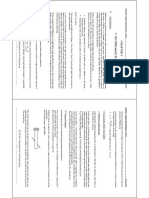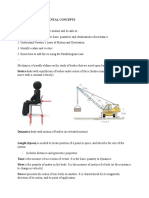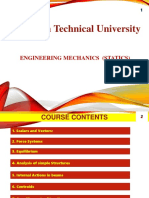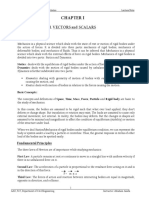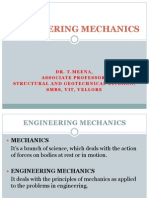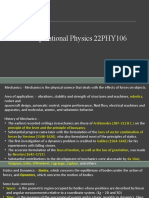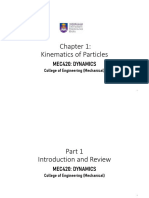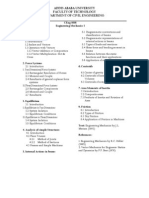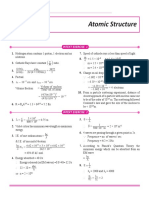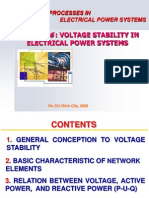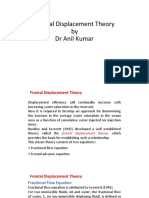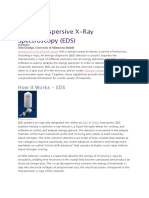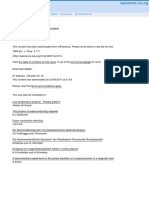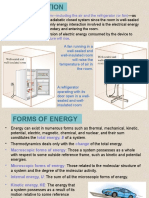0% found this document useful (0 votes)
22 views46 pagesChapter 1
The document provides an overview of engineering mechanics, focusing on statics and dynamics, and their importance in engineering applications. It covers fundamental concepts such as force, mass, and the principles of Newton's laws, as well as the distinction between scalar and vector quantities. Additionally, it discusses methods for solving problems involving forces, including vector addition and the representation of forces through free-body diagrams.
Uploaded by
estifanos.getnet90Copyright
© © All Rights Reserved
We take content rights seriously. If you suspect this is your content, claim it here.
Available Formats
Download as PDF, TXT or read online on Scribd
0% found this document useful (0 votes)
22 views46 pagesChapter 1
The document provides an overview of engineering mechanics, focusing on statics and dynamics, and their importance in engineering applications. It covers fundamental concepts such as force, mass, and the principles of Newton's laws, as well as the distinction between scalar and vector quantities. Additionally, it discusses methods for solving problems involving forces, including vector addition and the representation of forces through free-body diagrams.
Uploaded by
estifanos.getnet90Copyright
© © All Rights Reserved
We take content rights seriously. If you suspect this is your content, claim it here.
Available Formats
Download as PDF, TXT or read online on Scribd
/ 46











